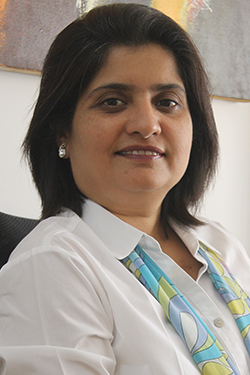


Contrast aids organization of information This magazine cover for Proximity uses an interesting contrasty image of tiny white boats floating on a deep blue-green sea.Ģ. The site has large bold text and images, as well as a reversed out, high contrast color scheme. The Carsonified site uses contrast to make an impact. One of the main reasons to use contrast in your designs, whether for print or web, is to grab attention. The important thing about contrast is that the elements should be completely different. It could be a difference between a large graphic and a small graphic or it could be a rough texture combined with a smooth texture. It could be a heading set in a big, bold, grungy font combined with a sans-serif font (read more about contrast and conflict in typography) for the body text. For example, it could be different colors between the text and the background color. Today we’re continuing with the concept of Contrast.Ĭontrast occurs when two elements on a page are different. The work cafe’s coffee shop was purposely located next to this area so that employees can grab a refreshment quickly between meetings or on the way back to their work area.So far in this series, we’ve already looked at how you can improve your design work by applying the principles of Balance and Proximity. Informal seating areas between a grouping of conference rooms and the cafe, for instance, give employees a convenient place to go if they’re in between meetings. Each building within Principal’s redesigned campus buildings will have an art gallery. Different pieces are rotated in on a regular basis so that the space is always changing. The art gallery provides another space where employees can work and conduct meetings, or just get some inspiration. So the redesigned areas include “Brody” chairs - nicknamed “the bathtub” by some employees - that provide a semi-enclosed space with an adjustable laptop holder that can be pulled up to the chair. Principal has found that people often tend to like working near where other people are collaborating, even if they’re working on something independently. The corporate real estate neighborhood, for instance, encompasses space for 70 employees the only assigned desks are those used by the two administrative assistants. A worker might stand part of the day at a height-adjustable desk, move later to a meeting with a co-worker at a small drop-in meeting room, and later participate in a meeting in an informal meeting space equipped with couches and an interactive video screen display. Rather than being organized strictly by function or department, the spaces are designed as work “neighborhoods” that consist largely of unassigned work settings that employees can choose to work from.

Only about three out of four Principal employees are physically in the office on any given day, and even when they’re in, many of them spend a great deal of time in meetings away from their desks. The redesigned space also recognizes that workers come to the campus at a different rate than they used to. The goal was to redesign many of the office spaces at Principal to better accommodate collaborative work, giving employees more spaces in which to work together while recognizing that workers continue to need places in which to work independently. The 750 Park (also known as the Z building) renovation opened in two phases, with one half of the building opening in 2014 and the other half in 2015. Principal Financial Group has renovated each building in its downtown corporate campus as part of a multiyear, $238.5 million overhaul that began in 2013.


 0 kommentar(er)
0 kommentar(er)
